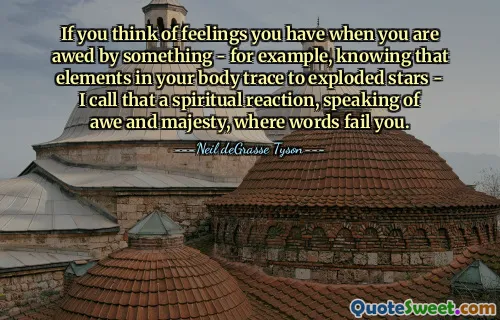Stars are fires that burn for thousands of years. Some of them burn slow and long, like red dwarfs. Others-blue giants-burn their due so fast they shine across great distances, and are easy to see. As they Starr to run out of fuel,they burn helium, grow even hotter, and explode in a supernova. Supernovas, they're brighter than the brightest galaxies. They die, but everyone watches them go.
The quote from Jodi Picoult's "My Sister's Keeper" compares stars to fires that burn with different intensities and lifespans. Some stars, like red dwarfs, have a slow, steady burn lasting thousands of years, while others, such as blue giants, consume their fuel rapidly and shine brilliantly across the universe. This contrast highlights the diverse nature of stars and their life cycles.
As these stars deplete their fuel, they transition into the later stages of their lives, burning helium and reaching even greater temperatures before culminating in a spectacular supernova. These events are among the most luminous occurrences in the universe, allowing observers from vast distances to witness the death of a star, showcasing both the beauty and ephemeral nature of celestial life.






